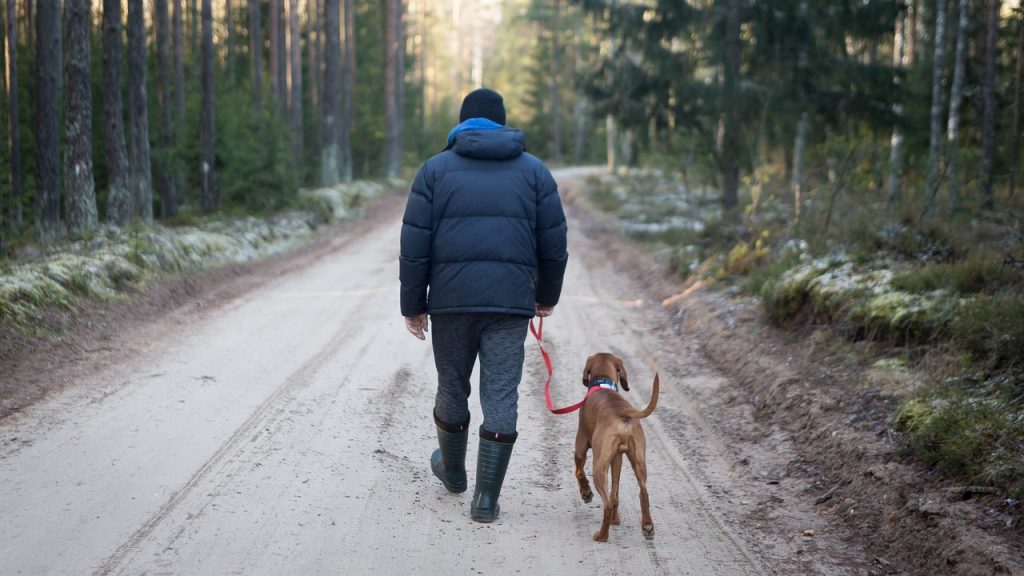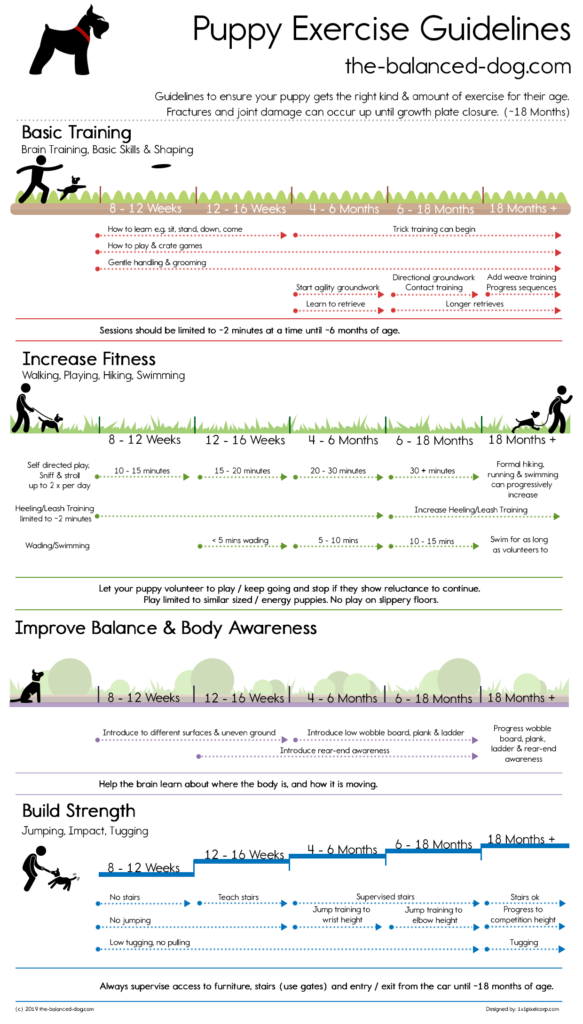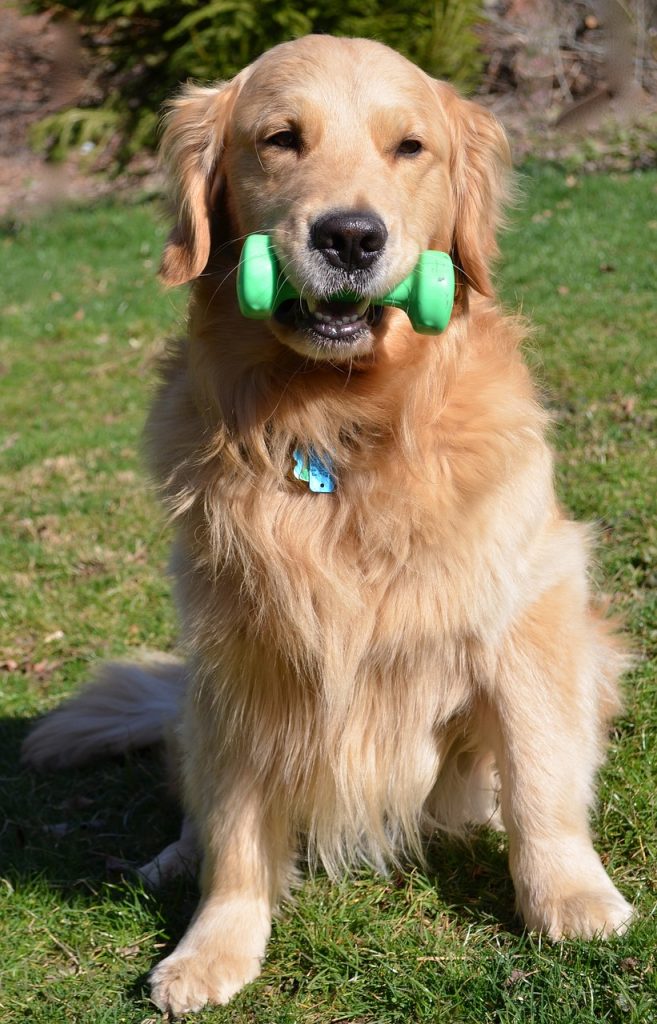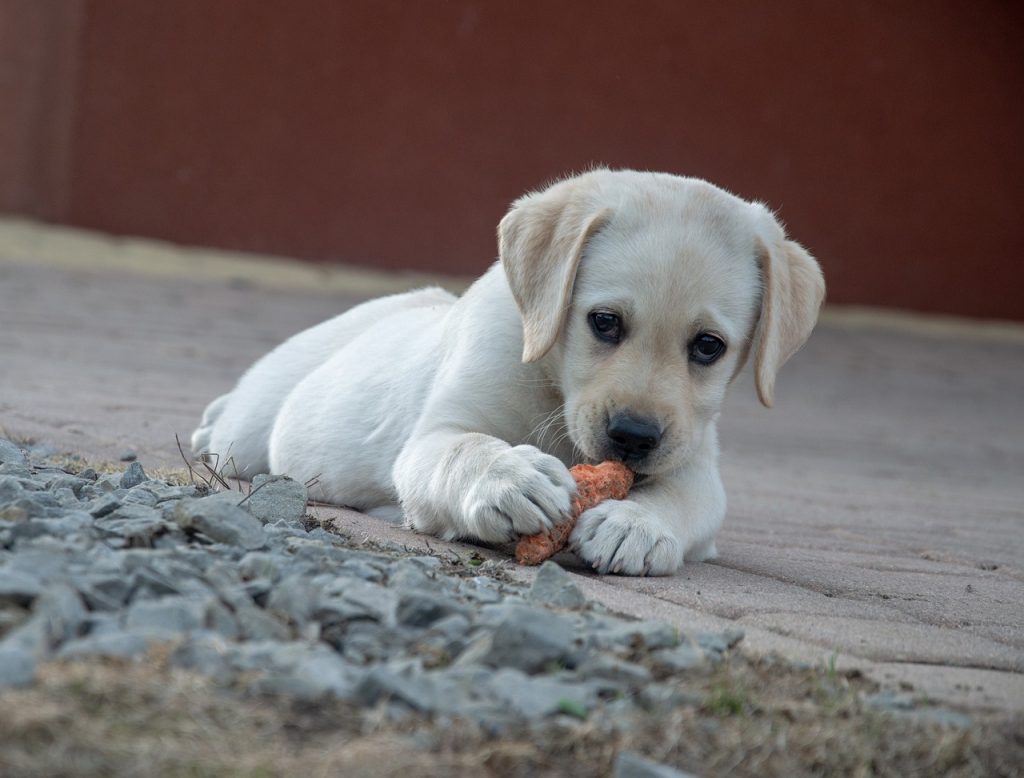Covid-19 is taking over the world at the moment and your dog is probably getting used to having you around more. Being home more means that your interactions with your dogs may change so we wanted you to be aware of some of the most important factors.
Important considerations include the amount of exercise and food your dog receives each day, as well as the amount of time you may be spending with them. Depending on where you live in the world, you may have variations to the home isolation rules. In Australia, at this time you’re allowed to walk your dog so long as you maintain social distancing.
Daily Exercise With Your Dog
Your dog is used to a certain amount of daily exercise. If you’re going to increase the amount or type of exercise because you have more free time, do so progressively just like you do with your own exercise (e.g. 5-minute increments).

Dog’s muscles are no different from ours, if they are overloaded they suffer from muscle soreness just like us. So if your dog isn’t used to playing fetch everyday, start off with a few minutes and increase it slowly. If they aren’t used to going for a 30-minute run, build it up slowly. This may mean increasing the duration by 5-minutes a session, with adequate rest between sessions.
Progressive exercise is even more important in puppies (and older / arthritis dogs). The increases need to be slow and steady to avoid over-exercising and strain on the joints.

Click here for more information on safe puppy exercise.
If you’re in quarantine or a country that is not allowing you to leave your home, there are options to keep your dog fit and engaged at home:
Home Workout With Your Dog
You can perform exercises similar to if you were going to do a workout in your own home. Sit to stand, three-point balance, spin, are examples of exercises that you can ask your dog to perform multiple times as part of a workout.

When designing a home workout for your dog it needs to have a start point that considers their breed, age, health, and fitness. It also needs to be progressive in nature. Certified canine fitness trainers can help with program design and exercise techniques. CCFT and CPCFT are the two industry-recognized certificates, so if you’re searching google for online classes or trainers near you, make sure the trainer is qualified. Vets / PT’s with sports medicine or rehabilitation qualifications are also good options.
Experienced canine fitness providers include:
- Lisa Petterson
- Dr. Leslie Eide
- Bobbie Lyons
- Laurie Edge-Hughes
During the Covid-19 crisis, you’ll find online options and challenges from these trainers. Also check out our Dog ACL Surgery: Home Exercise article as many of these exercises will be suitable for your healthy dog to be performing while you’re in home isolation.
Enrichment With Your Dog
Canine enrichment is basically brain games for dogs. Dog’s expend a lot of energy problem solving and sniffing, so if you can’t leave your home and/or want to entertain your dog for a while, its a great way to tire them out.
Enrichment is also an excellent way to slow down fast eaters. It’s great for dogs of all ages, as well as injured and arthritic dogs. If your dog is new to canine enrichment please supervise them.

One of the key parts of any food-based enrichment is that it should come out of your dog’s daily intake (this may need to be adjusted/reduced if your dog is getting less daily activity). Please don’t overfeed your dog because you’re home more.
Examples of canine enrichment include:
- Placing food (dinner) in egg cartons or muffin trays and placing a tennis ball on top to make it harder for them to get the food.
- Filling a Kong with food and freezing it.
- Using the various slow feeders available from pet stores.
- Scatter feeding your dog in the garden.
- Hiding food around the house and letting your dog find it.
- Taking a slow “sniffy” walk.
This Canine Enrichment Facebook group is an excellent place to start. Check out their files and search the group for ideas. Alternatively, this Canine Enrichment book may also be a good option if you don’t have access to Facebook.
Separation Anxiety
If you’re currently at home isolating, your dog is probably getting used to you always being there. While your dog may be a great co-worker, this possesses the risk of severe separation anxiety developing when you’re allowed to go back to your normal schedule. Over this period it’s crucial for your dog to maintain their independence and confidence while being away from you.

It’s easy to combat the development of separation anxiety during the isolation period with just a few simple steps:
- Ensure your dog still gets time on their own throughout the day. This may be in the backyard or inside your house. Ideas include scattering their food in the garden while you work at your desk or leaving them to have a snooze in the living room while you go into your bedroom for an hour or so. The important part is that you aren’t with them the whole time.
- Canine enrichment – all of the examples listed above can be used to entertain your dog away from you (once you are confident they will not destroy something they shouldn’t). This may be eating out of a kong in a different room to you, or searching for food in cardboard boxes on the back deck.
- Good quality sleep is crucial for your dog, and most dogs spending a good chunk of the day sleeping while you’re at work. Now that you’re home and moving around a lot more, your dog will often follow you around, meaning they aren’t getting the sleep they need. Ways to help this may be confinement in a covered crate with something to chew on, or some time in the spare bedroom with the door closed and lights off. These types of setups encourage your dog to settle and lets them know they don’t need to be involved in what you’re doing 24/7.
Conclusion
Regular daily exercise is an important part of your dog’s life and includes activities like walking, running, and home exercises. If you find you have more free time during this period of home isolation, make sure any increases in your dog’s daily exercise are progressive (e.g. 5-minutes a day) rather than all at once.
Mental exercise and independence are just as important (if not more) as physical exercise. This may include the of use puzzles, slow feeders, and sniffing to ‘exercise’ your dog. Enrichment activities are great for all dogs and are a good way to maintain separation without having to physically leave the house.
Please supervise your dog on any new activities.

